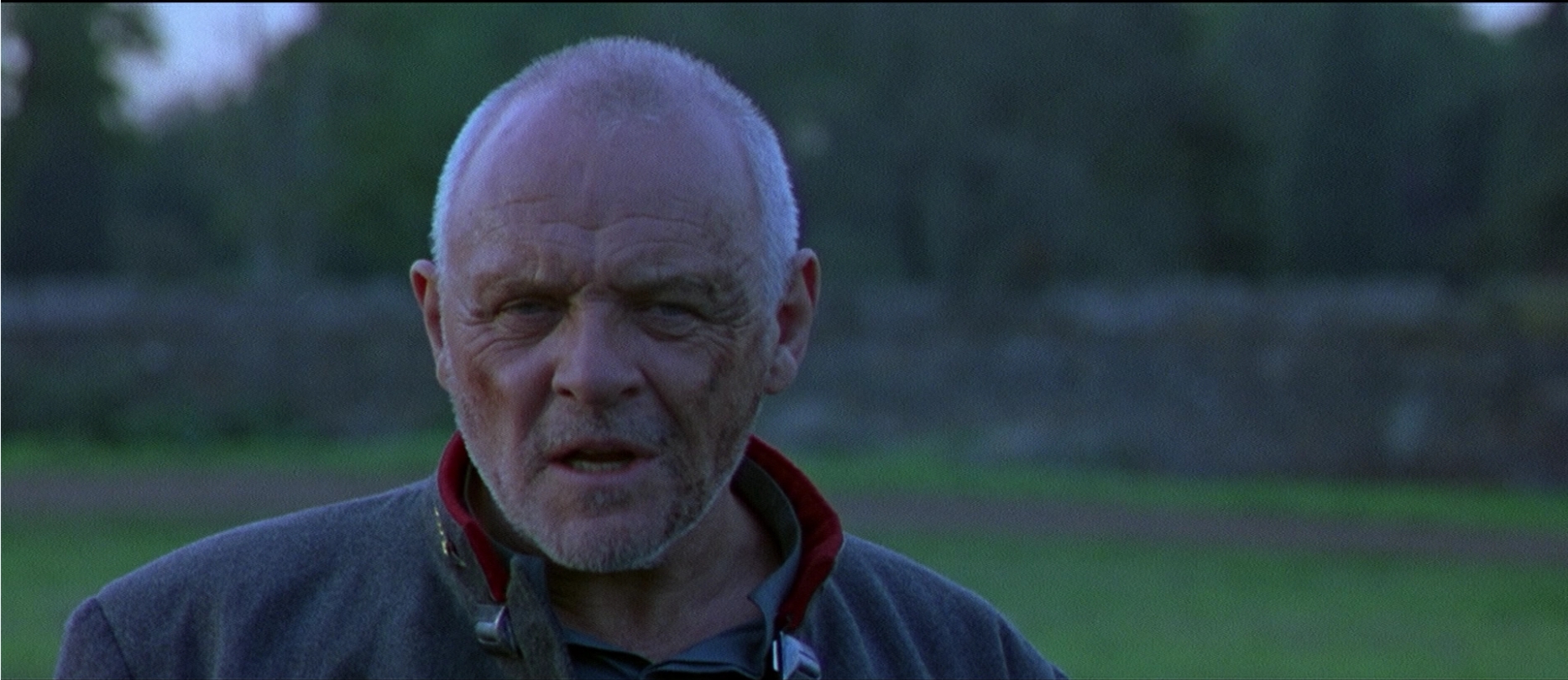Case Study: The Four Viewpoints
Name: Adam Leipzig, your coauthor
Challenge: Get enough imagery to make a crucial scene work in Titus (1999)
Concept: How producing, directing, marketing, and editing all roll into one

We were running out of time. Julie Taymor, our director, was making her first film; she had just come off immense theater success with Broadway’s The Lion King. We were in Rome shooting a big crowd scene for her adaptation of Shakespeare’s most obscure play, Titus Andronicus. The scene was important: the moment when Titus, played by Academy Award winner Sir Anthony Hopkins, and Saturninus, played by Tony Award winner Alan Cumming, rally a crowd of 1,000 cheering Romans. The fall days were getting shorter, and we simply ran out of daylight. Julie had been able to shoot the actors’ close-ups, but we didn’t have a big wide shot with both the actors and the crowd in the frame.
Riding in the car back to our production office, we discussed the situation. Did we really need that shot? A quick call to our editor confirmed that we did and that it would be an “eye-candy” shot—a shot showing scale and size and lots of production value, which could end up in the trailer and help market the movie.
We had a wide shot of the crowd. Maybe we could do a visual effect in which we placed the actors in front of the crowd? Yes, that would work. Could we go back tomorrow to get the shot? Yes, we could hold the location until tomorrow, but Julie couldn’t go back there. She had to shoot another scene at a different location, which would require all of her time.
I was one of the producers on the picture, and Julie, rightly, expected me to solve the problem. All we needed was a shot of the stars stepping up onto a stage and waving at the crowd. The crowd wouldn’t be there, of course—we would composite them in during the editing process, as we were finishing the film. I asked Julie if someone else could shoot it. “You can shoot it,” she said.
That’s how it came to pass that I directed one shot of Titus. The next day, a few of us got together—the actors and make-up artists, costumers, and camera and lighting crew. I stood next to the camera, and when Anthony Hopkins and Alan Cumming were ready, I called “Action” and we shot the scene. Yes, that was pretty cool.
Takeaway: Filmmaking is always about solving problems, which is usually accomplished by seeing the situation from every viewpoint. The solutions are often as unexpected as the problems are unpredictable; that’s what makes it fun. By the way, that shot did end up in the trailer that marketed the movie.